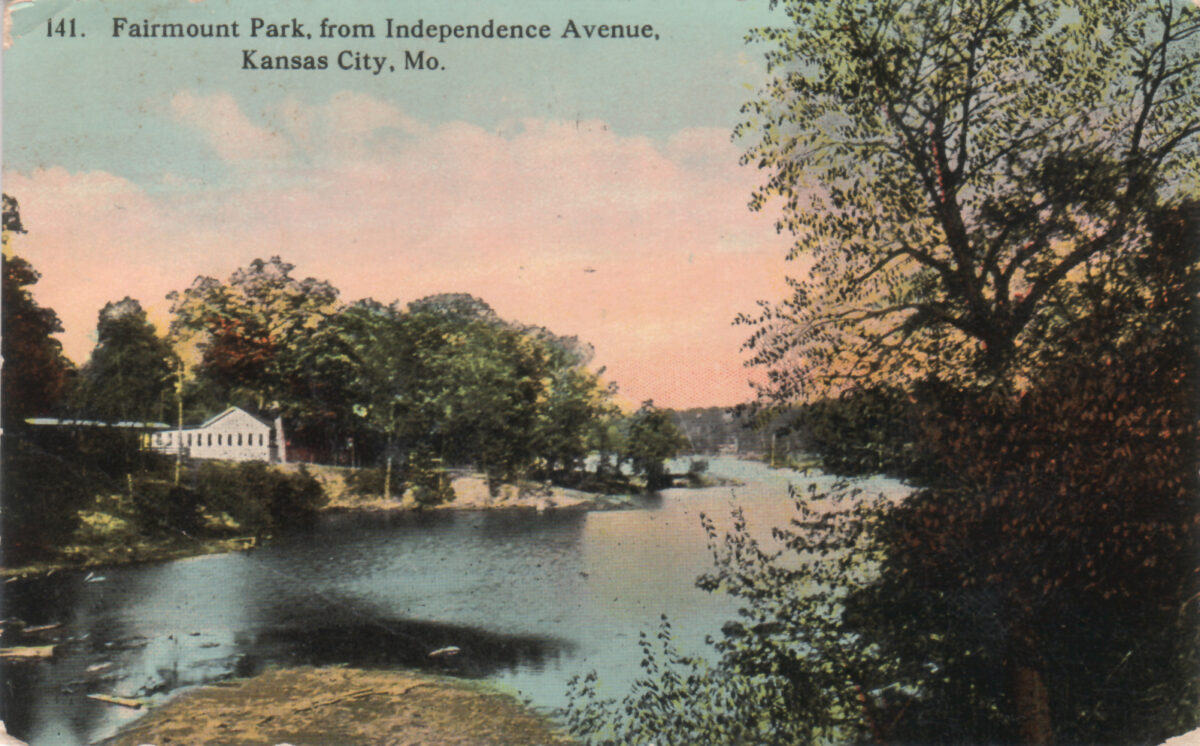Michael Bushnell
Northeast News
When John Corby passed through the trading post area of Joseph Robidoux on the Missouri River in 1843, he noted that the location would be an excellent place to establish a new city. He returned the following spring and began to purchase a number of lots from Robidoux with the intent of establishing a great center of commerce at the edge of the frontier.
Within a year, Corby built the first brick house in the city and had established the largest dry goods business in the region. He invested heavily in real estate in what is now downtown St. Joseph, a move, in later years, that would pay off handsomely.
Corby was elected Mayor of St. Joseph in 1856 and served through 1857. Corby “retired” from the dry goods business in 1857 and promptly chartered a bank. Through his civic activities, Corby recognized the need to develop a direct transportation route to the eastern portions of the country. To that end, he became a founding partner of the Hannibal & St. Joseph Railroad, a venture in which Corby, as a contractor, actually laid more than 25 miles of track.
Corby, however, was stricken with heart disease in the 1860s and died in May of 1870.
Corby is remembered in St. Joseph today largely by his philanthropic endeavors and his visionary style. No visit to St. Joseph would be complete without a visit to beautiful Corby Pond along St. Joseph’s beautiful Parkway system, designed by noted landscape architect George Kessler.
The ruins of the old Corby Mill can be found along what is now Fredrick Avenue, just east of Riverside Road, near the new Horseshoe Lake Drive-In theater.
This hand-colored postcard was sent to Miss Emma Austin, 817 Easton St., in Chillicothe in January 1909. The message reads: “I came back today. Dear Emma, Did you see me in Chilli? Ha ha. I’m afraid not. I simply couldn’t get back. We certainly had a fine time. May see you this week. Lovingly, Elig Ibestli.”
According to “Missouri: A Guide to the Show-Me State,” a Federal Writers Project of the WPA, “A 5 ft. wooden dam extended across the 102 river impounding its waters as a reservoir. Water flowed beneath the mill through the forebay, which has a 20 ft. arched, stone span in which is chiseled the initials of the contractor and the date of construction.
R. K. 1851.”


















